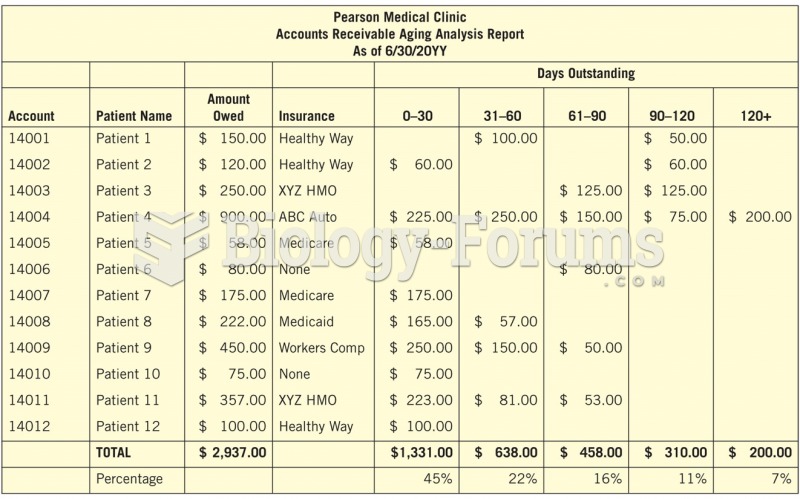Answer to Question 1
Ans: A
Feedback:
Defining the problem includes defining the characteristics of the case and determining the circumstances under which it occurred. Collecting data includes determining whether similar illnesses or injuries occurred in the past, comparing similarities and differences, creating a time line related to the problem, and determining the impact of the problem. Identifying possible causal factors includes convening people involved in the situation to discuss the cause, determining the sequence of events that led to the illness or injury, identifying the conditions that allowed the problem to occur, identifying related problems, creating a chart of possible causal factors, and identifying causal factors and possible interrelationships. Identifying the root cause includes identifying the true causes of the illness or injury, determining why the causal factor or factors exist, and determining the real reason the problem occurred.
Answer to Question 2
Ans: D
Feedback:
A workplace walk-through is a complete survey of the workplace, inside and outside, compiling information as to the presence of hazards, the location of entries and exits, the availability of emergency equipment, and potential trouble spots. Ergonomics is the study of the relationship between people and their working environment. Occupational health history is an assessment of the characteristics of the workers' present jobs, a chronological record of all past work and potential exposures, an occupational exposure inventory, and a list of other exposures in the home or community. Root cause analysis is a process for understanding and solving a problem, with the goal of determining what happened, why it happened, and what can be done to prevent its reoccurrence.







